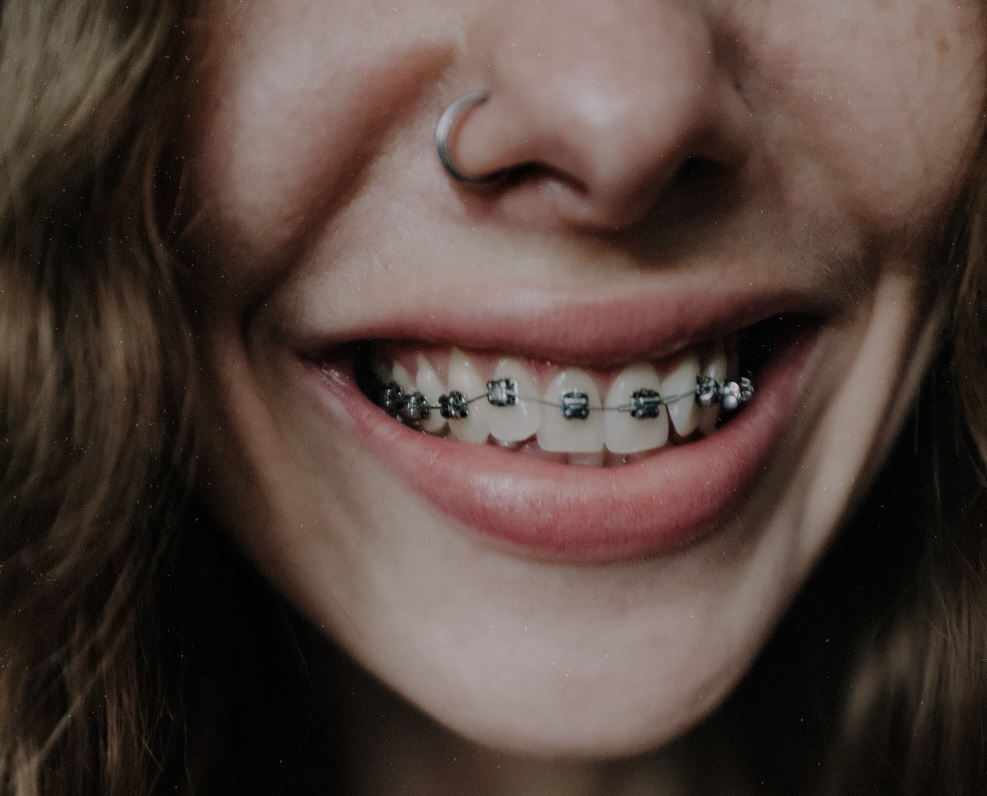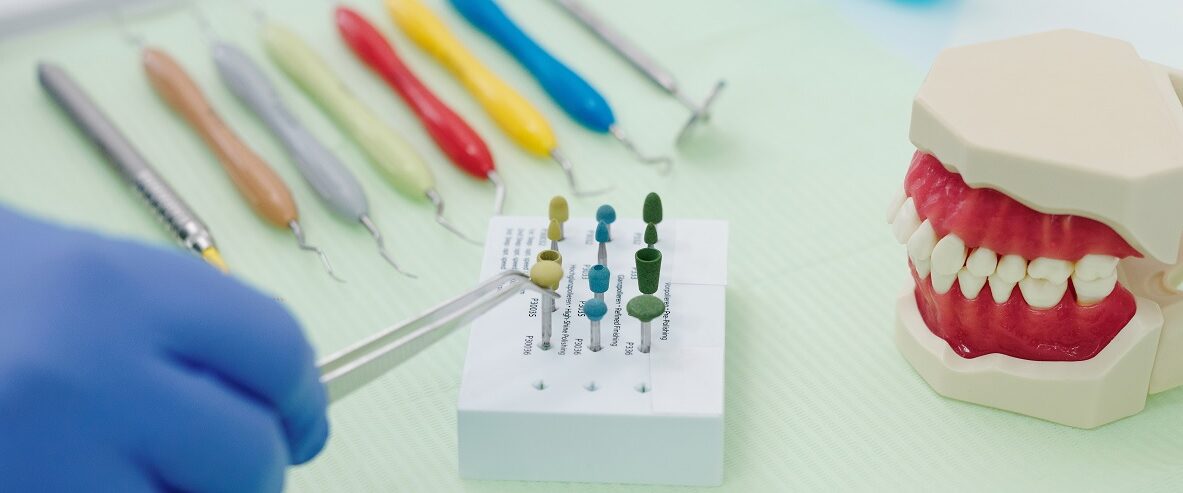
After completing orthodontic treatment and achieving a beautifully aligned smile, the journey doesn’t end there. The final step in maintaining your new smile involves the use of orthodontic retainers. Retainers play a crucial role in preserving the results of your orthodontic treatment by preventing teeth from shifting back to their original positions. In this article, we will explore the importance of orthodontic retainers, their different types, the benefits they offer, and essential tips for proper retainer use and maintenance.
1. Retainer Function and Importance
Orthodontic retainers are custom-made devices designed to hold your teeth in their corrected positions after orthodontic treatment. While braces or aligners have successfully moved your teeth into alignment, it takes time for the surrounding tissues and bone to adapt to the new positions. Retainers provide the necessary support to keep your teeth in place during this stabilization phase. They help prevent teeth from shifting back to their original positions, ensuring the longevity of your orthodontic results. Retainers are an essential component of your orthodontic journey, as they help maintain your perfect smile and protect the investment you made in achieving it.
2. Types of Orthodontic Retainers
There are two main types of orthodontic retainers: removable retainers and fixed retainers. Removable retainers are made of clear plastic or acrylic and can be taken out of the mouth for eating, brushing, and flossing. They are typically worn full-time initially and gradually transitioned to nighttime-only use. On the other hand, fixed retainers consist of a thin wire bonded to the back of the teeth, making them a more permanent option. Fixed retainers require professional maintenance and are left in place for an extended period, providing continuous support to prevent teeth from shifting.
3. Benefits of Using Retainers
Using orthodontic retainers offers several benefits in maintaining your perfect smile. Firstly, they stabilize the teeth in their corrected positions, allowing the surrounding tissues to adapt and set properly. This helps prevent relapse and ensures that your smile remains beautifully aligned. Additionally, retainers can improve bite alignment, enhance jaw stability, and contribute to long-term oral health. They also promote proper speech and chewing function, which may have been affected during orthodontic treatment. By diligently wearing your retainers as instructed by your orthodontist, you can enjoy the lasting benefits of your orthodontic journey.
4. Proper Retainer Use and Care
To maximize the effectiveness of your retainers and maintain their longevity, it’s important to follow proper retainer use and care guidelines. This includes wearing your retainers as directed by your orthodontist, whether full-time or nighttime-only. It’s crucial to clean your removable retainers daily using a soft toothbrush and mild soap or denture cleaner. Avoid using hot water or abrasive materials that can damage the retainers. Fixed retainers require extra attention during oral hygiene routines, such as using floss threaders or interdental brushes to clean between the bonded wire and teeth. Regular dental check-ups will ensure that your retainers are properly maintained and functioning as intended.
5. Retainer Wear Schedule
The wear schedule for retainers may vary depending on individual cases and orthodontic recommendations. Initially, full-time retainer wear is typically advised, which may span several months. This is crucial for the stabilization phase when teeth are more susceptible to shifting. Over time, your orthodontist will gradually transition you to nighttime-only wear. It’s important to strictly adhere to the recommended wear schedule to ensure the effectiveness of your retainers. Consistency is key when it comes to retainer wear, as neglecting to wear them as prescribed can lead to teeth shifting and compromising the results of your orthodontic treatment.
6. Long-Term Retainer Use
While the initial phase of retainer wear is crucial, it’s important to recognize that long-term retainer use may be necessary to maintain your perfect smile. Teeth have a natural tendency to shift throughout life due to factors like aging, growth, and oral habits. Your orthodontist will provide guidance on the duration and frequency of retainer wear beyond the initial stabilization phase. Some individuals may require ongoing nighttime retainer wear indefinitely, while others may gradually reduce wear time over the years. It’s essential to follow your orthodontist’s recommendations to ensure the longevity of your orthodontic results.
7. Replacement and Upkeep
Retainers, like any dental appliance, have a lifespan and may require replacement over time. The frequency of replacement depends on various factors such as wear and tear, oral habits, and changes in tooth alignment. Your orthodontist will monitor the condition of your retainers during regular check-ups and advise you on when to replace them. It’s crucial to handle your retainers with care, avoiding excessive bending or dropping that can damage them. Additionally, if you notice any discomfort, breakage, or changes in fit, contact your orthodontist promptly for evaluation and possible adjustments or replacements.
Orthodontic retainers play a vital role in maintaining your perfect smile by preventing teeth from shifting back to their original positions. By understanding their importance, diligently following retainer use and care guidelines, and maintaining regular check-ups with your orthodontist, you can ensure the longevity of your orthodontic results. Embrace the role of orthodontic retainers as a valuable tool in preserving the investment you made in achieving your beautiful smile.
